The automotive industry is coming full circle - after over a hundred years of dormancy, electric cars are coming back into favor. The market offer is growing rapidly, which unfortunately cannot be said about the network of public charging stations. Which product should you choose to be able to "refuel" electricity in your own garage?
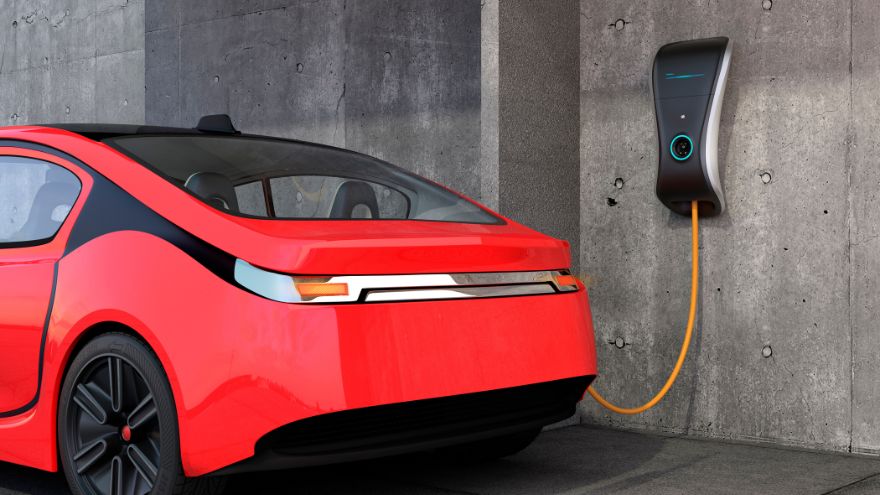
Life on four wheels hasn't been easy lately. Combustion engines, especially the large, juiciest-sounding ones, have become public enemy number one. More and more often, there are voices that the car itself is an invention that belongs in a museum and should be replaced by well-organized public transport. There is a lot of truth in this, after all, electric cars will be stuck in traffic jams just like petrol and diesel cars, but a lot of time will pass before individual motorization finally becomes a thing of the past. The transition from internal combustion to electric cars will be an important intermediate step and has already started.
Where and how to charge an electric car
Like any technical innovation, electric cars are a pleasure for a select few . Not because of the prices (they are still higher than in the case of comparable models with conventional drive, but not prohibitively expensive), but because of the still fledgling infrastructure. Residents of apartment complexes are forced to use only a few publicly available energy consumption points, e.g. in shopping centers or selected gas stations (we do not recommend throwing extension cords off balconies), but in the case of owners of their own houses, the situation is completely different.
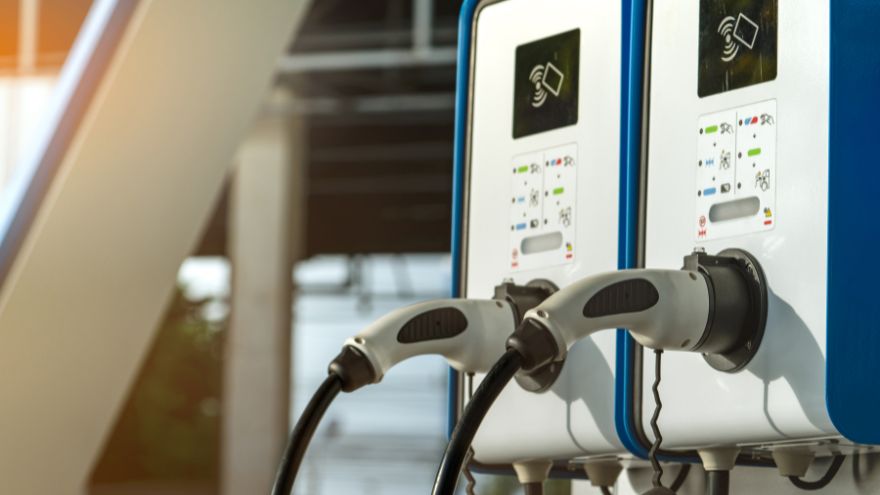 The possibility of charging an "electric" in your own garage or in the parking lot in front of your company can be a major argument in favor of purchasing such a vehicle. However, it does not end with picking up the car from the showroom and driving it home - you need to decide in advance whether the batteries will be replenished using a cable provided by the manufacturer connected to a standard socket or a wall charger for cars , the so-called wallbox . The first of these options is certainly cheaper because it does not involve the need to purchase an additional accessory, but it also has some disadvantages.
The possibility of charging an "electric" in your own garage or in the parking lot in front of your company can be a major argument in favor of purchasing such a vehicle. However, it does not end with picking up the car from the showroom and driving it home - you need to decide in advance whether the batteries will be replenished using a cable provided by the manufacturer connected to a standard socket or a wall charger for cars , the so-called wallbox . The first of these options is certainly cheaper because it does not involve the need to purchase an additional accessory, but it also has some disadvantages.
Check out the offer of wallbox chargers at the Onninen wholesaler
How to avoid losses when charging
Battery packs in cars are becoming more and more capacious, and charging from a socket is the slowest way, so you have to take into account long stops , up to several hours. Plug-in hybrids, which offer several dozen kilometers of range and then switch to combustion-electric mode, can be quite conveniently charged this way, but in the case of a car with a capacious battery, e.g. 70-80 kWh (and there are also larger ) this is not a practical solution. Especially since "refueling" from a regular socket generates the greatest energy losses , reaching (depending on the car model) up to 25%. It is worth remembering that charging a warm battery minimizes these losses, so connecting the car immediately after driving is certainly a better idea than doing it when it cools down.
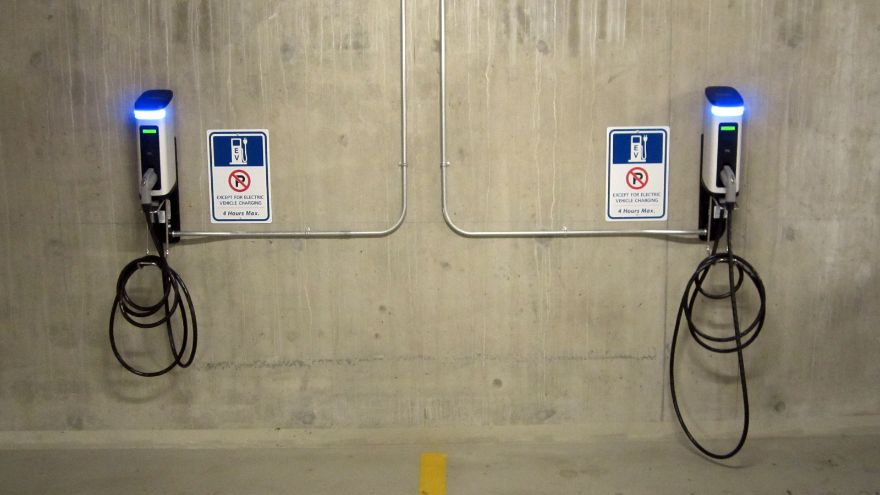 Therefore, wallboxes are the optimal solution. They offer up to 10 times higher power (22 kW instead of 2.3 kW in the case of a regular socket), cause much lower losses (5-10%) and shorten the time when the car is out of use to several hours. Taking into account that most cars "sleep" together with their drivers (although usually separately), a garage charger is a practical solution and completely sufficient for everyday use. In many cases, wallbox devices can also be mounted on posts, shed construction elements or on walls outdoors , which makes them attractive alternatives to rare and not so cheap public stations.
Therefore, wallboxes are the optimal solution. They offer up to 10 times higher power (22 kW instead of 2.3 kW in the case of a regular socket), cause much lower losses (5-10%) and shorten the time when the car is out of use to several hours. Taking into account that most cars "sleep" together with their drivers (although usually separately), a garage charger is a practical solution and completely sufficient for everyday use. In many cases, wallbox devices can also be mounted on posts, shed construction elements or on walls outdoors , which makes them attractive alternatives to rare and not so cheap public stations.
Who benefits from subsidies for purchasing a wallbox?
As an entrepreneur, farmer or manager of an estate or multi-family house, you can take advantage of the subsidy program run by the National Fund for Environmental Protection and Water Management. As part of it , PLN 870 million was allocated for investments in free-standing chargers for electric vehicles , and according to the assumptions, you can apply for a refund of up to 25% of the costs incurred for the purchase and installation of the device. For private individuals, there is a program called Moje Elektryk, i.e. subsidies for the cars themselves , but the money saved in this way can be spent on their own charging device.
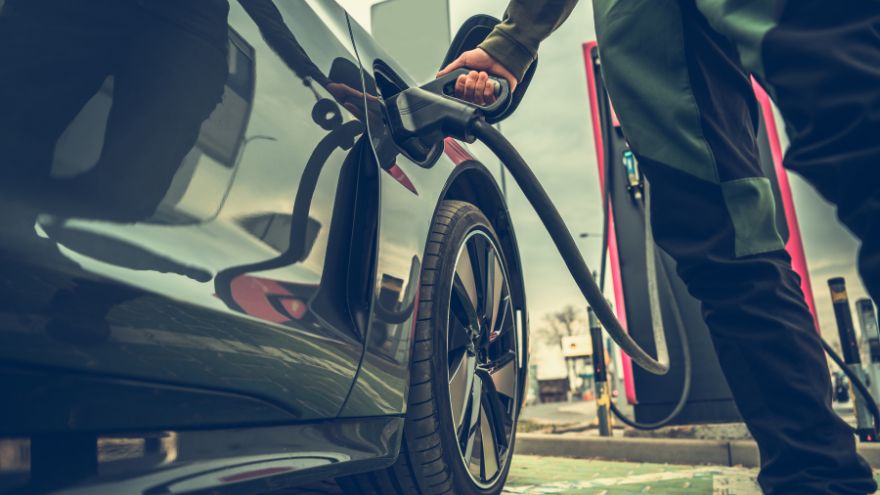 The purchase and installation of a wallbox charger for private or corporate use does not require any permit. A device with a power of up to 11 kW only needs to be reported to the energy supplier; devices with a higher power only require control of the power of the home network due to the increased energy consumption. If the users are members of the housing community, permission from the building manager is required. In the era of rising energy prices and consumption limits, if exceeded the rates will increase dramatically, it is worth knowing that an electric car charger can be connected to a photovoltaic installation and energy storage . This becomes particularly important if charging is to take place at night.
The purchase and installation of a wallbox charger for private or corporate use does not require any permit. A device with a power of up to 11 kW only needs to be reported to the energy supplier; devices with a higher power only require control of the power of the home network due to the increased energy consumption. If the users are members of the housing community, permission from the building manager is required. In the era of rising energy prices and consumption limits, if exceeded the rates will increase dramatically, it is worth knowing that an electric car charger can be connected to a photovoltaic installation and energy storage . This becomes particularly important if charging is to take place at night.
The electromobility revolution will not happen overnight, especially at this rate of expansion of the charging station network. Those who feel the spirit of pioneering and do not want to wait, and have the opportunity to install their own device, can switch to a zero-emission drive now. Emission-free in the sense that there are no exhaust gases, because there is no exhaust pipe , but how the energy is created to power the electric cars driving more and more on Polish roads is a story for a completely different time...
Overview of products in the Onninen offer
- WALLBOX 7.4 kW charger for electric vehicles - Green'up Premium wallbox charging station for electric vehicles, single-phase, with 1 charging point - Mode 3 - 7.4kW 32A, with 6mA DC protection; allows you to charge electric vehicles or plug-in hybrids safely in Mode 3; single-phase power supply 230V - 32A; thanks to the built-in 6mA DC protection, the station can be protected with a type A or F residual current circuit breaker; local, wireless communication via Bluetooth: updating, configuring and managing charging using a smartphone or tablet via the EV charge application; IP communication possible when equipped with the 059056 communication module; possibility of control using a contactor or timer; local or remote (using the application) power regulation;
- Wallbox charger 11 kW PCE EV11 - LED operation indicator; charging power up to 11 kW; 5 m charging cable installed; Type 2 connector with cap; built-in DC residual current switch; IP44 tightness level - suitable for outdoor use;
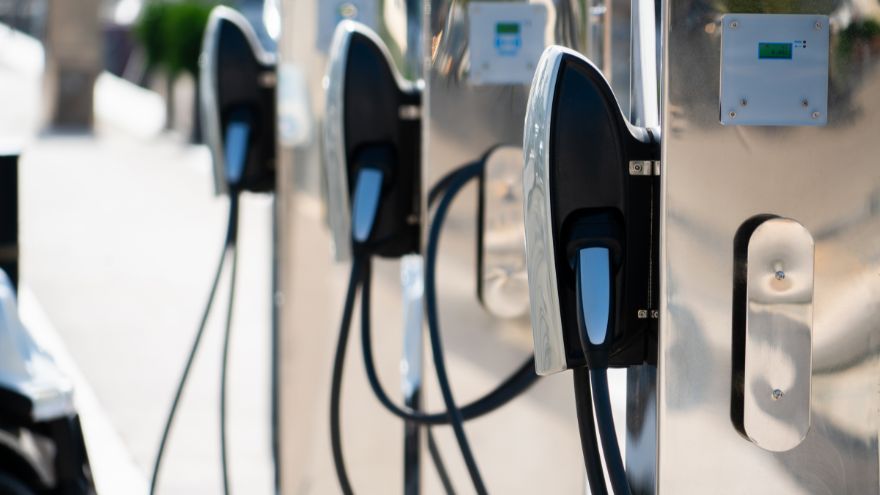 Wallbox charger 11 kW - type 2 charging plug; 3-phase fast charging; protected by RFID card; IP54 - suitable for outdoor use; z DC residual current protection;
Wallbox charger 11 kW - type 2 charging plug; 3-phase fast charging; protected by RFID card; IP54 - suitable for outdoor use; z DC residual current protection;- Wallbox SOL EVPOWER charger 22 kW - 3-phase, max. charging power 22 kW; power in standby mode 2 W; RFID card support; LED status indicator; configuration via Wi-Fi and application; possibility of operation via the application; type 2 plug (IEC62196-2) with 5 m cable; IP55 protection level; weight 6 kg; 2 years warranty; WLAN communication;
- Wallbox GC EV PowerBox 22 kW charger - warranty: 24 months; power: 22 kW; output: integrated Type 2 cable, input: 380 V +/- 20 V AC (3-phase), 32 A (max), 50 Hz; black colour; overheating protection: yes; product code: EV14; producer: Green Cell; surge protection: yes; current: 32 A; cable length: 6 m/20 ft; additional features: IP66; operating temperature: -40 to 55° C; LCD display; short circuit protection: yes;
- GC EV PowerCable 3.6 kW mobile charger - warranty: 24 months; power: 3.6 kW; output: integrated Type 2 cable, input: 230 V ~16 A (max), 50 Hz; black colour; overheating protection: yes; product code: EV16; producer: Green Cell; surge protection: yes; current: 10/16 A; cable length: 5.5 m; additional features: IP66; operating temperature: from -25 to 55° C, LCD display; short circuit protection: yes; high mobility; low own weight; competitive price;
- Green Cell GC Type 2 3.6 kW cable - warranty: 24 months; power: 3.6 kW; output: Type 2, input: Type 2; black colour; product code: EV13; producer: Green Cell; current: 16 A; weight: 2 kg; length: 5 m; additional features: IP55, UL94V-0; operating temperature: from -30 to 50° C; service life: 10,000 connections;
tightness class IP55; high reliability.
Check out the offer of car charging systems at the Onninen wholesaler